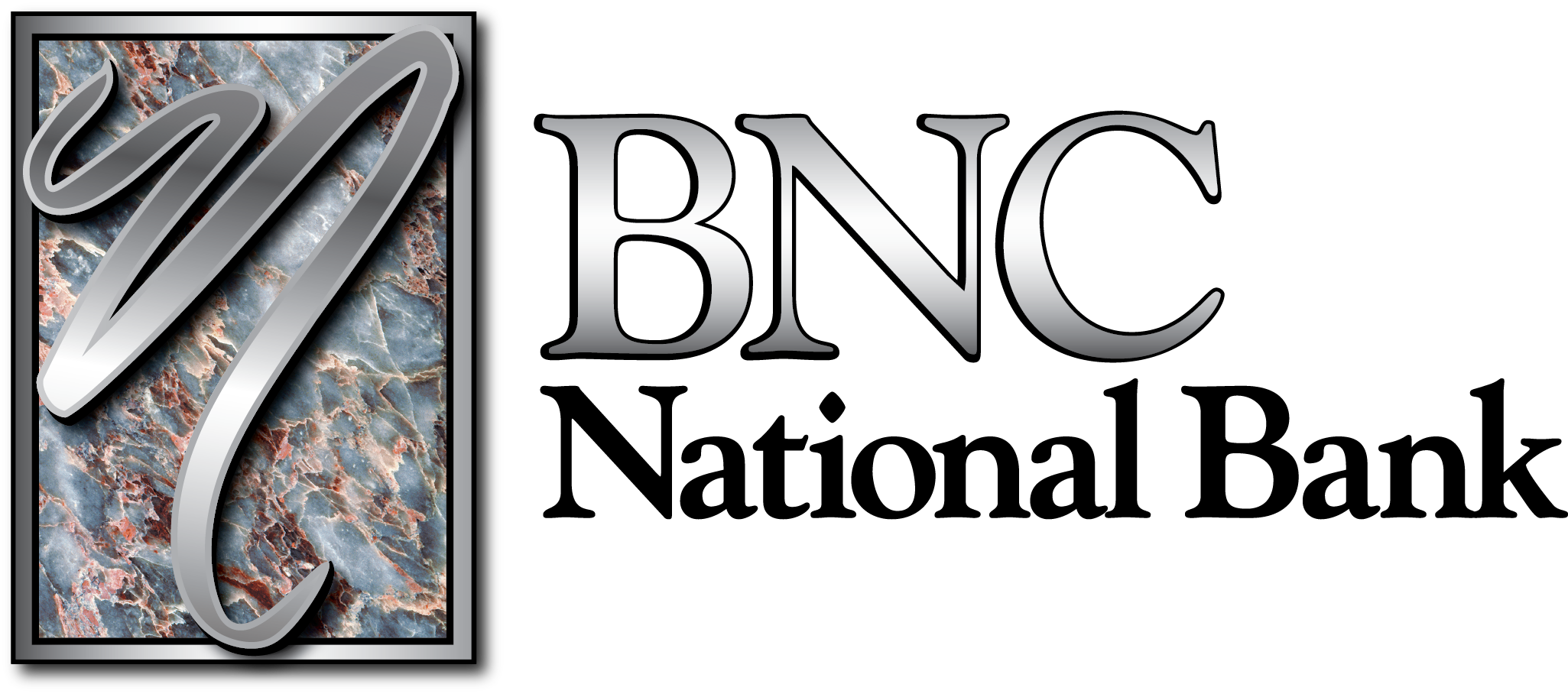Maybe your retirement plan feels settled, or perhaps you're still in the thick of saving. Whatever your situation, the national conversation around the Federal Reserve's interest rate decisions can feel distant—like something happening on Wall Street, not in your checking account.
Yet the effects are far from being distant! These decisions have a direct influence on the value of your savings and your financial security.
Luckily, you don't have to follow the daily news cycle to stay ahead. The goal is simply to recognize how these changes can impact your fixed-income investments, withdrawals, debt, and overall strategy.
Just like a renovating homeowner has to plan around a short construction season or a long, hot summer, you have to plan around the financial climate.
Here’s how to get started.
Step 1: Understand How Rates Affect Your Savings
Before you make any big moves, get clear on how interest rates are already impacting your nest egg.
Federal Reserve interest rate changes can have a ripple effect throughout the economy, and they directly affect the fixed-income investments popular with retirees, such as Certificates of Deposit (CDs) and bonds. When the Fed raises rates, you might see your CD yields increase, and vice versa.
As a retiree, understanding how rate changes impact a portfolio of fixed-income assets is key to knowing what your money is doing for you. You can adjust your strategy to take advantage of these shifts, perhaps by locking in higher rates on new CDs when the time is right.
Step 2: Navigate Withdrawals with Retirement Planning
You have the savings, and maybe even a withdrawal strategy to match.
Now it’s time to consider, perhaps alongside your wealth management team, precisely how the current interest rate environment can influence the timing and strategy of making withdrawals from retirement accounts.
A low-rate environment may lead to lower returns on stable investments, which can affect a portfolio's overall health and your withdrawal strategy. In these times, it might be a good idea to lean on other parts of your portfolio to avoid pulling from investments with diminished returns.
A high-rate environment, however, can be an ideal time to move some funds into more stable, fixed-income options to secure returns. This helps you protect a portion of your portfolio while it continues to work for you. The goal is to always be in conversation with your strategy, ensuring your portfolio is balanced to meet both your short-term needs and long-term goals.
-
In a low-rate environment, you might prioritize withdrawing from investments that aren’t performing well, allowing others to continue growing.
-
In a high-rate environment, you might take the opportunity to reposition a portion of your assets into CDs or other fixed-income options that are earning a higher return.
Step 3: Manage Debt for a More Secure Future
The best plans can unravel without a clear strategy for debt.
Even in retirement, many people are still managing or paying off existing debt, such as mortgages. They may also be considering taking on a loan, such as a home equity line of credit (HELOC), to fund a large purchase or a home renovation. A change in rates directly impacts the cost of borrowing and can affect your monthly budget. A retiree with an adjustable-rate mortgage or a desire to consolidate debt needs to understand these shifts to get the best terms.
No matter where you are in your financial journey, when managing debt, you should always:
-
Review your interest rates on any variable loans to see how they've changed.
-
Assess your budget to see if your debt payments are still manageable.
-
Talk to a trusted banker about consolidating debt or refinancing for a better rate.
Proactively managing your debt is as important as managing your investments. It’s an essential part of your financial health, and it's a conversation you should be having with your banker.
A community-focused bank like BNC National Bank can offer personalized advice on these topics, helping you find solutions that fit your unique situation and financial goals.
Step 4: Adjust Your Investment Strategy
Your financial outlook can shift from one rate environment to the next. The goal is to be proactive, not reactive. In a low-rate environment, some might lean toward stocks for growth. In a high-rate environment, "safer" options can become more attractive. The key is to have a balanced plan that aligns with your personal goals and risk tolerance.
This is where you truly get to ask, "Will I have enough to retire?" by proactively planning and adjusting your strategy. It’s a habit of consistent attention that helps you make sense of the market’s noise and focus on what matters.
Think of your investment strategy like a compass. It doesn't tell you the exact location of the treasure, but it always points you in the right direction. Adjusting your strategy with a changing interest rate environment is just a way to calibrate your compass to your current position, ensuring you're always moving toward your goal.
Final Tips for Your Retirement Plan
Always remember:
-
Know your personal goals, timeline, and risk tolerance before making any major financial decisions.
-
Build a contingency buffer for unexpected market shifts or personal expenses.
-
Keep your plan in conversation with your life, and don’t be afraid to adjust as your needs evolve.
Financial stability is a lifelong journey, not a destination. Consistent attention to your plan is more valuable than perfect timing. Community banks like BNC National Bank are here to offer personal guidance, local expertise, and the tools you need to feel secure.
Ready to start building better financial habits?
Connect with us today to explore BNC National Bank’s wealth management services and online resources for retirement planning, saving, and beyond.



.png?width=960&length=960&name=Sin%20t%C3%ADtulo%20(1310%20%C3%97%20700%20px).png)

